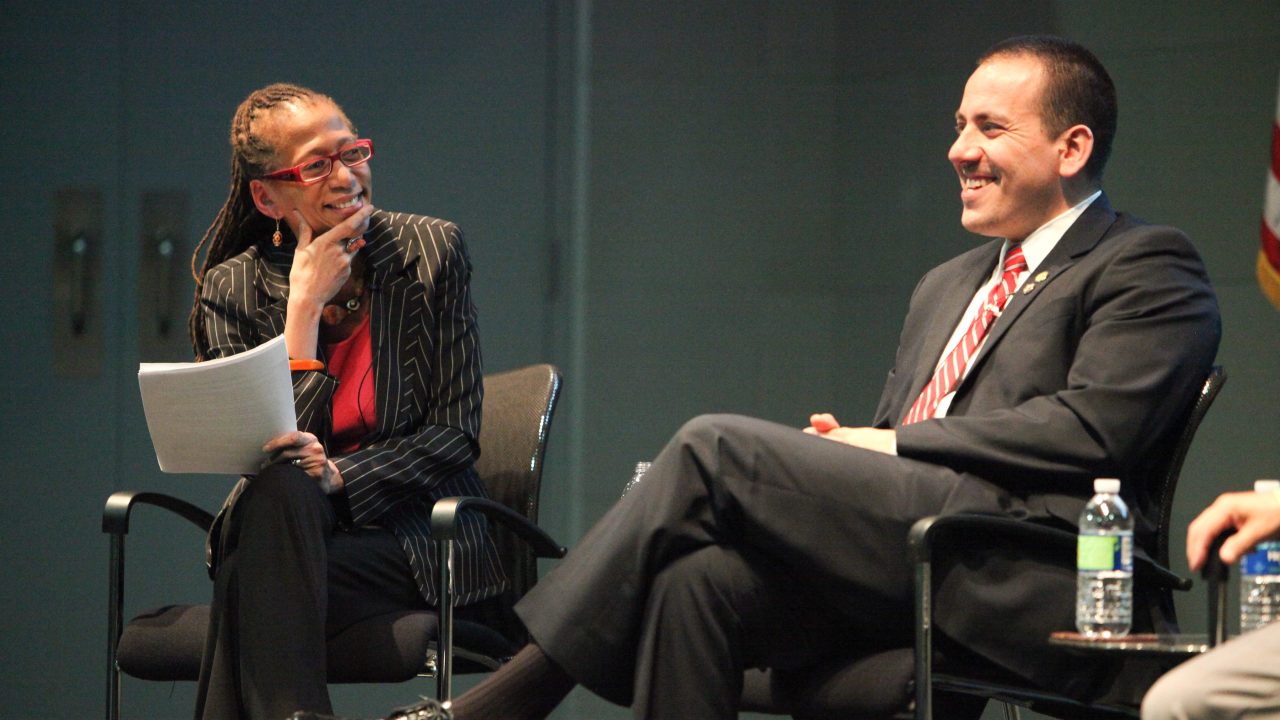
There is a certain kind of experience people think they will have at a Holocaust museum.
We understand.
Most expectations stem from a narrow view of what is possible.
But when you widen the lens and expand the imagination, you see:
- Red-carpet film premieres, live musical performances, stage readings, groundbreaking contemporary exhibition openings, and impactful discussions led by some of the world’s most accomplished activists, scholars, and thought leaders.
- More than fifty programs each year, bold by design, that confront rising antisemitism; honor Juneteenth; explore allyship and reparations; celebrate Pride and LGBTQ+ rights; reflect on the migrant and refugee experience; and spotlight Japanese American, Latin American, and Native American history.
- Programs researched, curated, and delivered in a form that is both distinct and resonant, unfolding behind the walls of Illinois Holocaust Museum & Education Center (IHMEC), the third-largest institution of its kind in the world.
Imagine that.
One program after another. A risk, then another. Consistent good faith efforts at a critical time where good and faith often repel like opposing poles of a magnet. Everyone is welcome.
Museums are not mausoleums. They are mirrors and pillars of the communities they serve, and they need their communities.
Museums provide safe spaces where visitors can experience empathy and hope; desires that communities respond to and need.
But why at a Holocaust museum?
Why not?
“Since our opening in 2009,” said Kelley Szany, Senior Vice President of Education and Exhibitions, “the museum understood that if we were to be genuine in our efforts to honor the memory we seek to preserve, the history and lessons we teach, we had to present programming that grappled with the difficult narratives of the past and present.
“The first few years we focused on programming connected to global genocides beyond the Holocaust. In 2014, we began to expand our programming to address broader civil and human rights issues. Initially, yes, there were … concerns, but we [had] a guidepost; we [were] staying true to the why of the mission.”
IHMEC’s founding principle, Remember the Past, Transform the Future, has deepened through inclusion. It has become a catalyst of change that amplifies voices across cultures, generations, and perspectives.
Sundays and Thursdays are not just for programming. They have become a time for cultural stewardship and building trust beyond mission statements—opening the doors for collaboration through sustained invitations to be seen and heard.
For every contemporary exhibition and initiative, IHMEC’s programming team establishes dedicated advisory boards to ensure authenticity and accuracy. These boards identify leaders across communities who speak with authority, care, and vision.
“The community advisory committees have been critical for us when engaging in histories that are not of our lived experience as a staff,” Szany said. “The committees have contributed not just to the ideation of programming content but to terminology used in a special exhibition, how language is reflected in our marketing materials, and even how we train our guides.”
Several months before the opening of the 2023 exhibition, The Negro Motorist Green Book, the museum convened an advisory board of nearly twenty-five Black professionals. We did the same for Rise Up: Stonewall and the LGBTQ Rights Movement and again for Resilience: A Sansei Sense of Legacy.

In an era where content moves at lightning speed, our goal is not to be the first to do it, but to get it right and pass it on.
It’s working.
According to the National Snapshot of U.S. Museums Survey, only 51 percent of museums nationwide have returned to pre-pandemic attendance levels. IHMEC, by contrast, celebrated its two highest-attended years in 2023 and 2024.
In the summer of 2022, the Chicago LGBT Hall of Fame, the only city-sanctioned LGBT hall of fame in the world, inducted IHMEC. The honor underscored a powerful, yet obvious truth: LGBTQ rights and inclusion can be taught anywhere, including the classrooms of a Holocaust museum.
“I worked with the museum on consecutive LGBTQ+ programs,” said David Fink, co-founder and artistic director of OUTspoken LGBTQ+ Storytelling and associate of the Chicago LGBT Hall of Fame. “We sold out our Pride program in 2023. Seeing trans teens interact with Holocaust survivors was something I’ll never forget. What an amazing experience.”
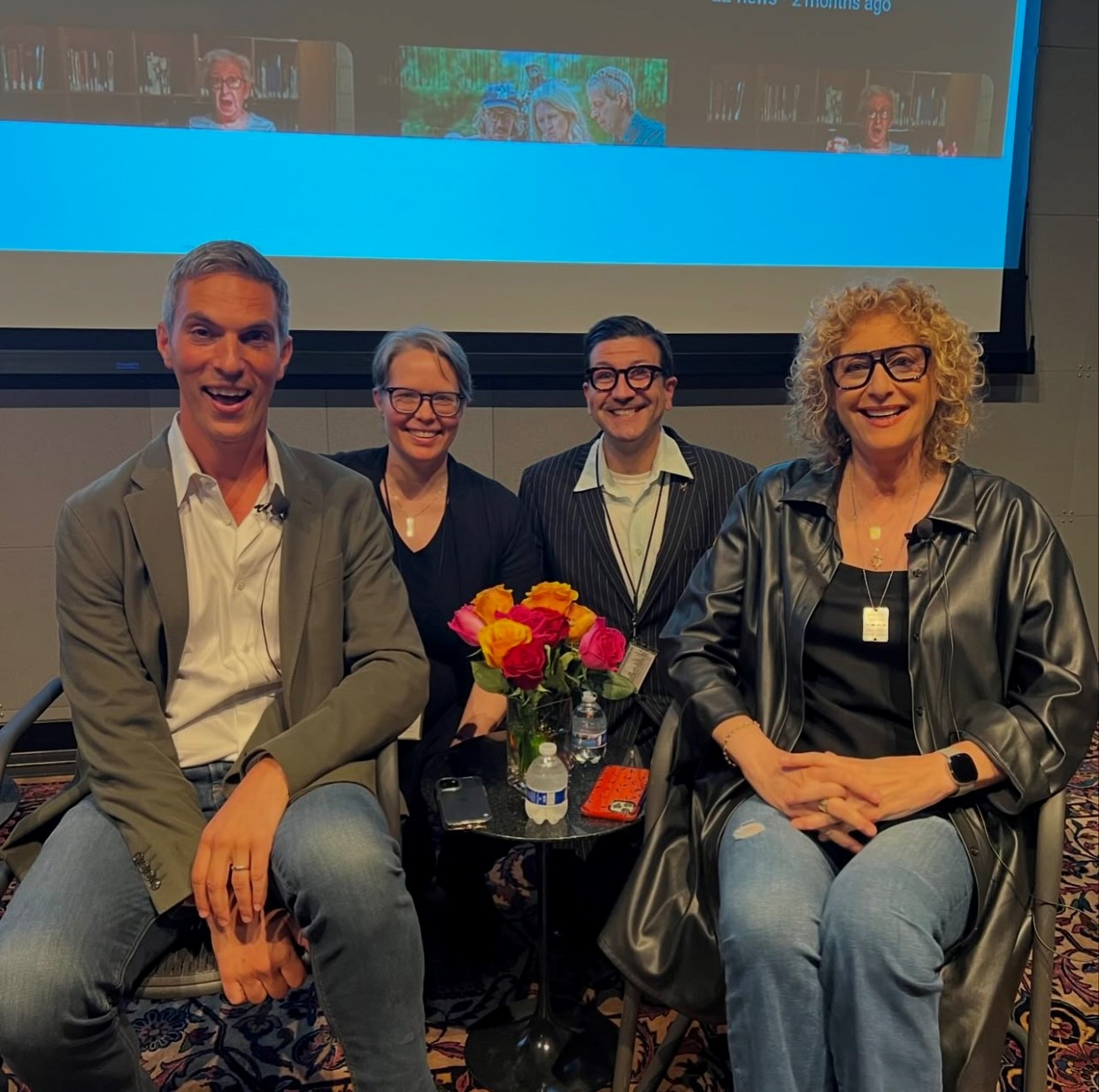
Moments like these do more than earn recognition; they build trust. They affirm the museum’s role as a cultural ally, committed to intersectional truth-telling and unflinching inclusion.
Consistently, these programs provide a necessary example of what happens when Holocaust memory intersects with the Black experience, Indigenous history, gender identity, or immigrant storytelling.
Visit once, and you will see.
At IHMEC, we believe guests do not lose their identity when they enter a space like ours; instead, they add their experiences to the fabric of our museum. And when they do, they find their stories honored, reflected, and given room to grow.
In December 2023, we hosted Without a Whisper: Konnonkwe, a documentary that uncovered the hidden history of how Indigenous women shaped the early women’s rights movement in the United States. Our partners included the Chicago American Indian Community Collaborative, Illinois Film Office, and Gichigamiin Indigenous Nations Museum. The program was part of our flagship Jones Day Foundation Community Series, which confronts antisemitism and hatred in all its forms.
In May 2024, the museum opened its groundbreaking Spagat Family Voices of Genocide Exhibition. This first-of-its-kind exhibition explores how and why genocide persists—across geography and across time. Through testimonies from survivors and descendants of genocides in Armenia, Guatemala, Bosnia and Herzegovina, Rwanda, and Burma, the exhibition identifies common conditions that lead to mass atrocity and equips visitors with tools to recognize and resist the signs.
It is a revolution in genocide education.
In March 2025, IHMEC took another historic step. Kizito Kalima is a survivor of the 1994 genocide against the Tutsi in Rwanda and is featured in the exhibition. He became the first non-Holocaust survivor to be recorded in the museum’s award-winning holographic theatre.
“I told my story,” Kalima said. “And I remember at the end [Holocaust survivor Eva Kor] said, ‘You see… different continent, different skin color, different agenda, but the same devil.’”
That is not just more than what people expect from a Holocaust museum.
It is better than what we could have imagined.
Ten Ways Museums Can Build Trust and Deepen Community Impact
For other museums seeking to enhance their community relationships, IHMEC has developed a series of recommendations based on our experiences. These recommendations are not prescriptive. Rather, they reflect principles that help museums cultivate deeper trust and a stronger sense of belonging. When practiced thoughtfully, they encourage institutions to be more inclusive, responsive, and rooted in the communities they serve, strengthening both their relevance and their relationships.
- Establish a community advisory group early in the process.
Inviting trusted leaders and community partners into the development phase of an exhibition or initiative helps shape stronger, more resonant outcomes. It signals respect and helps ensure programming is informed, inclusive, and grounded in lived experience. - Be present in community spaces.
Attending events, volunteering, and showing up consistently in neighborhoods beyond your walls demonstrates long-term investment. It builds relationships that are reciprocal, not extractive, and cultivates trust that marketing campaigns alone cannot. - Create opportunities for shared leadership.
Go beyond consultation. Invite community members to co-curate, co-host, or co-design programs. Genuine collaboration builds mutual respect and creates richer, more authentic work. - Make space for community members to share their knowledge.
Design public programs, meetings, and advisory forums with room for participants to lead conversations, present ideas, and offer insights. Engaging communities as thought partners elevates the work and broadens institutional perspective. - Intentionally design programs with intergenerational impact.
Build experiences that allow for meaningful participation across age groups. Whether through storytelling, performance, or dialogue, multigenerational engagement fosters deeper connection and learning. - Approach difficult topics with care and courage.
If your work explores histories of injustice or contemporary inequity, create space for honest dialogue. Partner with experienced facilitators, set clear expectations, and be prepared to navigate discomfort in thoughtful, structured ways. - Engage and invest in local artists and cultural leaders.
Artists bring perspective, memory, and creative intelligence that can deepen understanding and inspire new approaches to storytelling. Prioritize equitable partnerships and compensate them fairly for their contributions. - Build in regular, responsive feedback loops.
Create intentional mechanisms to gather feedback from community partners before, during, and after a project. Respond to what is shared. Even small adjustments, when communicated clearly, can demonstrate accountability and respect. - Center access and inclusion from the outset.
Consider language, mobility, digital access, and affordability early in the planning process. Invite those with direct lived experience to guide these efforts, and prioritize accessibility as a strategic asset, not an afterthought. - Acknowledge and elevate your partners.
Where possible, publicly recognize individuals and organizations that contribute to the work. Visibility fosters goodwill, strengthens future collaborations, and affirms that success is a shared endeavor.
This blog post is generously supported by The Wallace Foundation.
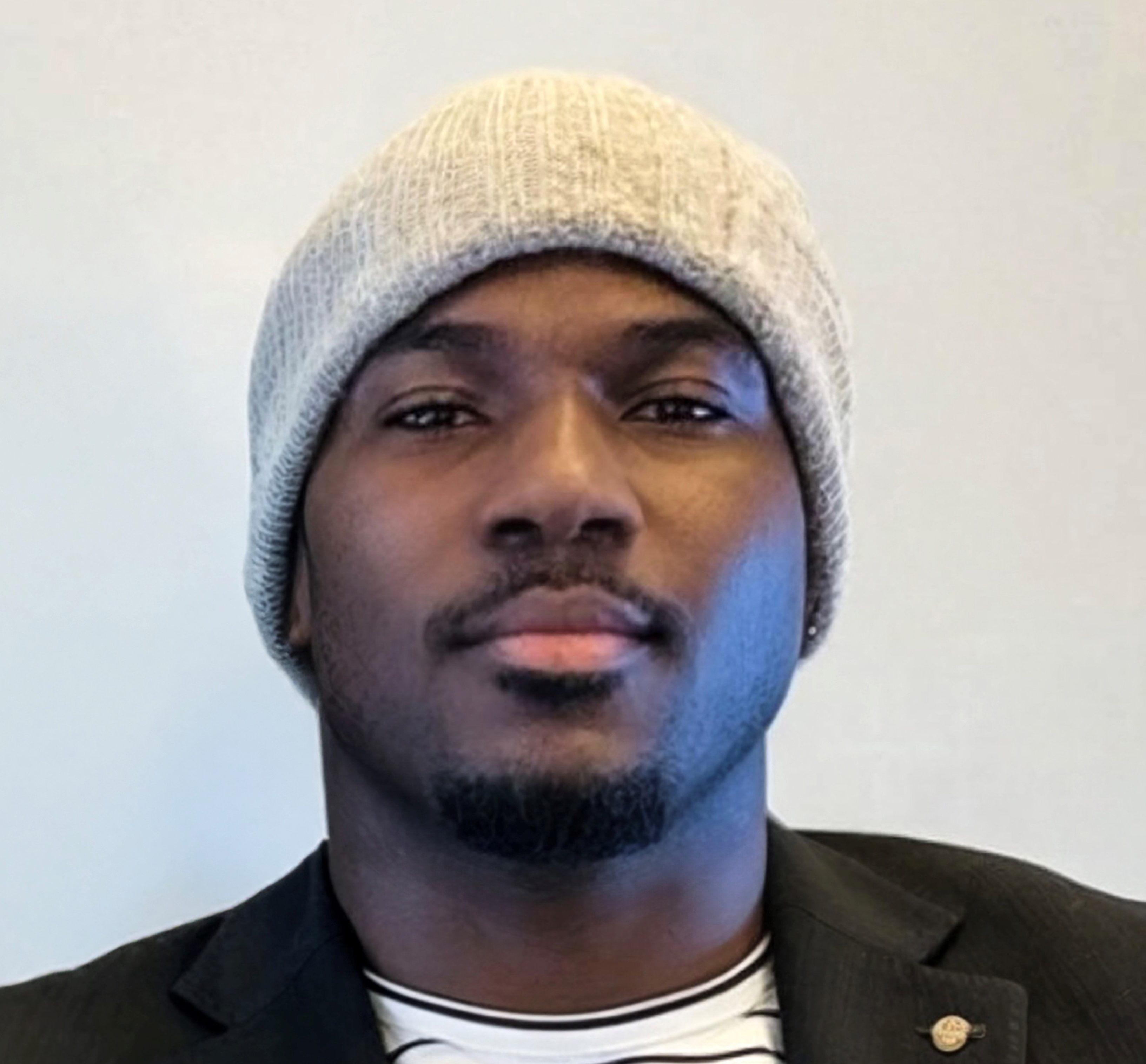
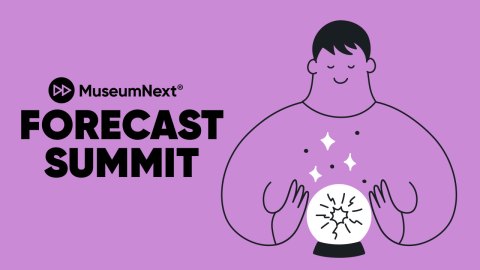



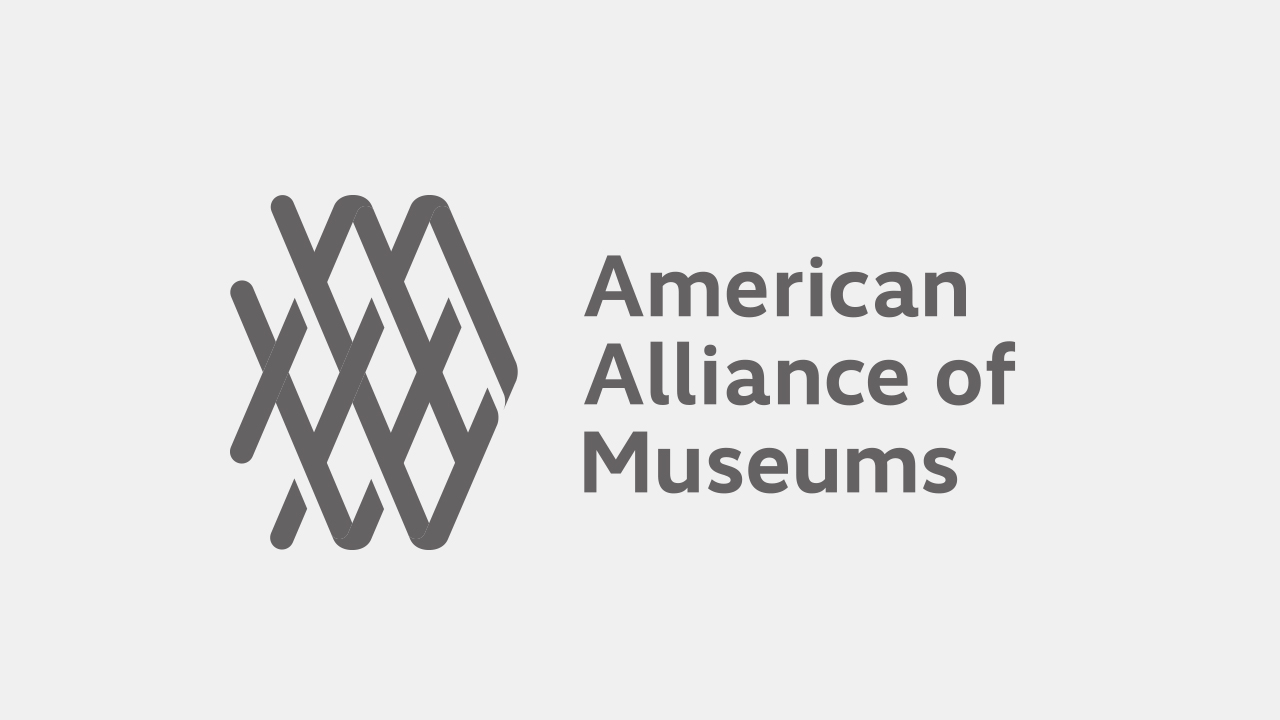


Thank you Mr. Thompson and IHMEC! We appreciate the chance to learn from the museum, in some cases as attenders of the Northwestern University Holocaust Education Foundation Summer Institute. Respect to all and keep up the good work!